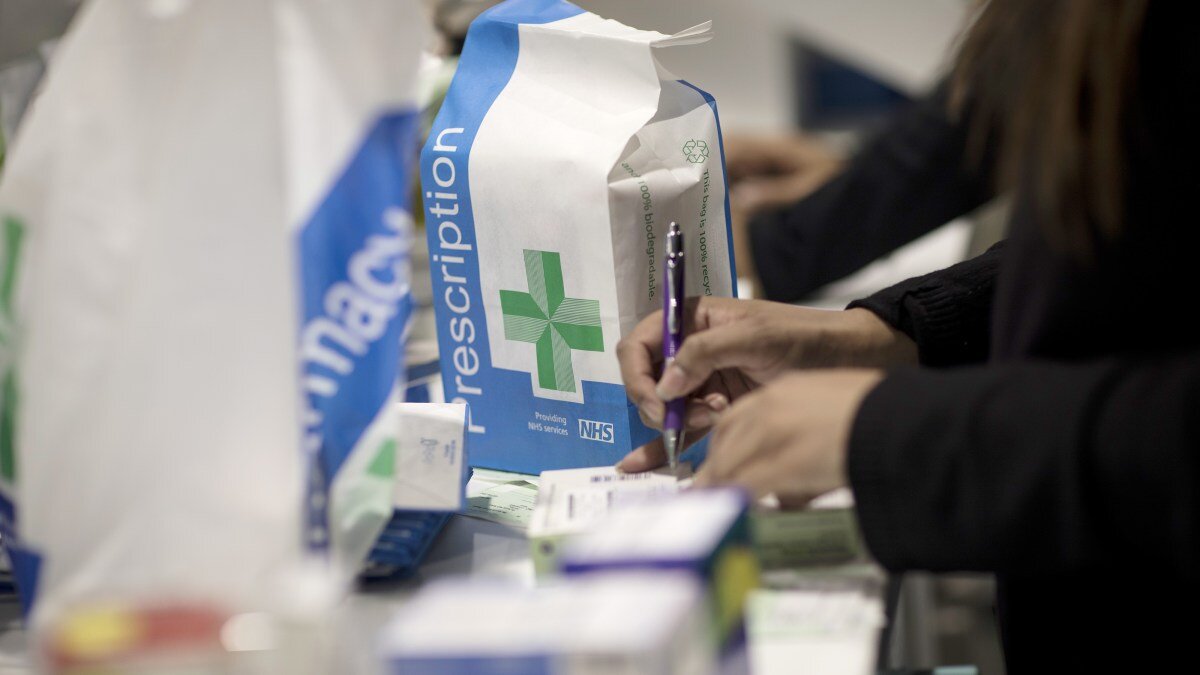An independent investigation into the NHS in England has found access to community pharmacy is one of the great strengths of the health service in England but it warned that it is now under threat. Our Head of Marketing, Shelley Dyer, looks at what this new report by Lord Darzi could mean for community pharmacy.
The Current State of the NHS and the Government’s Proposed Solutions
A report commissioned by the new Labour Government into the current state of the NHS has found that it is in a “critical condition” and in need of urgent reform if it is to survive. None of this should come as a surprise. Long waiting lists, difficulties getting access to GPs and eye-watering wait times in A&E are now commonplace for service users and have been an indication that the NHS has been at breaking point for some time.
The Government’s solution to fix the problem focuses on three big shifts:
- Moving care out of hospitals and into the community
- Moving from analogue to digital systems
- Moving from treating sickness to preventing it.
Potential Opportunities for Community Pharmacy
On the face of it this is all good news for community pharmacy. They are situated in local communities and are already starting to provide preventative care. There is also a slow, but growing, realisation amongst some trailblazers in the sector that technology will be a key enabler for delivering clinical services within pharmacy.
But the report by Lord Darzi makes it crystal clear that access to community pharmacy is currently under significant threat. It says that one of the “greatest strengths” of the health service in England has been the “accessibility of community pharmacy”. More than 85% of people live withing one mile of a community pharmacy, however it says that access has started to “deteriorate in recent years”.
Pharmacy Closures and Funding Challenges
The report goes on to say that historically the contract promoted a highly efficient distribution of pharmacies but that pharmacies are now closing in significant numbers. In fact, 1,200 pharmacies have shut their doors since 2017. It also points out one of the biggest challenges community pharmacies face. While the expectation to deliver more and more has gone up, funding for the sector has actually reduced leaving the unsustainable model that is in place today.
“While pharmacies have expanded the range of clinical services that they provide – such as blood pressure checks, prescription checks, prescription contraception and minor illnesses – the total level of spending on the pharmacy contract has fallen by 8%.”
Lord Darzi says there is huge potential for community pharmacy to provide even more value-added services for NHS as there has been “notable success already”, for example Pharmacy First. The report goes on to say there is the opportunity for a “step change in the clinical role of pharmacists” within the NHS. Expanded community pharmacy services are likely to include greater treatment of common conditions and supporting active management of hypertension. The report points out that there has been a “surge” in patients suffering long-term illnesses such as high blood pressure.
However the report warns that on the current trajectory, community pharmacy will face similar access problems to general practice, with too few resources in place where it is needed most. This validation will be welcomed by many in the sector. It provides confirmation at the highest level what policy, negotiator and membership bodies have been saying for some time now. The current contract (or lack of one) is not fit for purpose and the future of community pharmacy is in danger.
The Need for Digital Automation in Pharmacy
The report also indicates the need to use digital automation in pharmacy. It says there has been too little investment in digital automation in pharmacy and too little digital technology to support the work force. It is unclear here whether it is referring to hospital pharmacy or community pharmacy, but I would argue that both are crying out for funding to invest in pharmacy technology. If the Government wants a community pharmacy sector that is sustainable to deliver preventative services in local neighbourhoods in the future then it has to support them in investing and embracing automation.
In my role at Centred Solutions and previous roles, I have seen time and again that pharmacy automation is crucial to releasing capacity in pharmacy to deliver clinical services.
The report focuses on causes not a solution, but it does say that the problems within the NHS could take eight years to fix. So where is the detail on how it gets fixed? Well, we might have to wait to find out - a full ten year plan for the NHS is expected to be published in spring next year. But for those on the front line in the community pharmacy this could come too late. If community pharmacy is to survive, then those in power need to act quickly before more pharmacies have to shut their doors.
Taking Proactive Steps in Community Pharmacy
Those working in community pharmacy need to be pro-active and do what they can now to mitigate the risk. Start exploring options now. There are several examples where technology is helping to ease the burden currently faced by community pharmacy. My advice would speak to some of the early adopters to discover the range of technology available and how it could help relieve some of the pressure while we all wait for the Government to publish its plan.
Take Action and Future-Proof Your Pharmacy Today!
Community pharmacies can’t afford to wait for change. Start exploring how technology and automation can relieve the growing pressures on your business.
Contact Centred Solutions to learn more about how our innovative solutions can streamline your operations and help you deliver better patient care. Our team is ready to help you embrace the future of pharmacy today.




